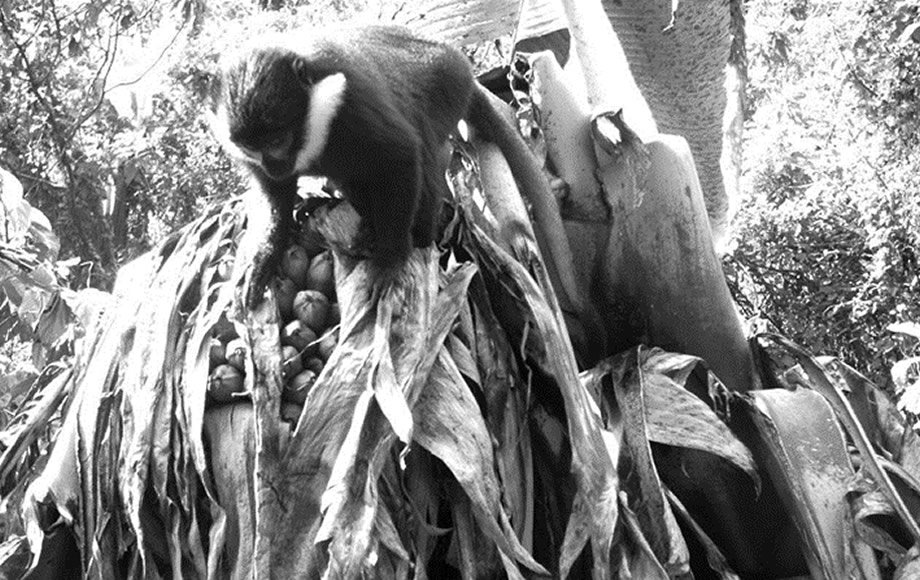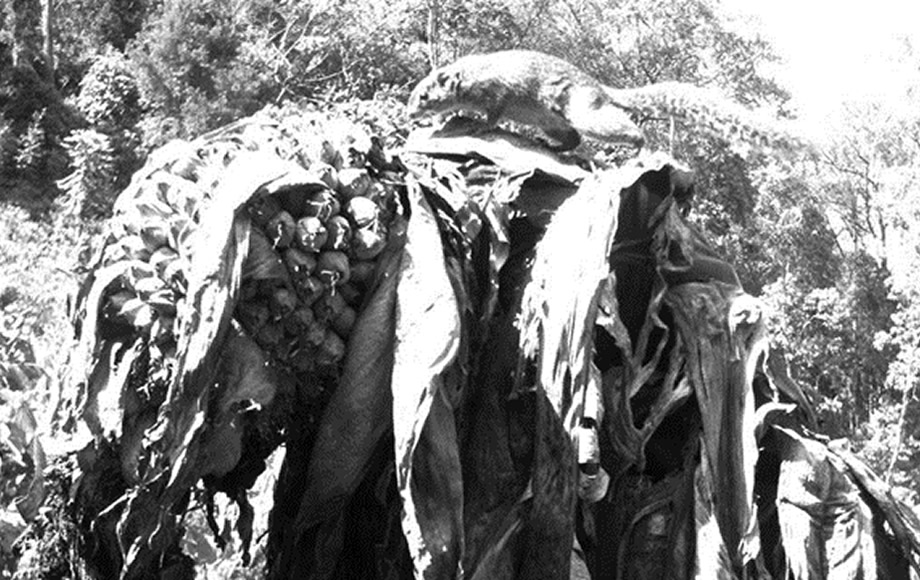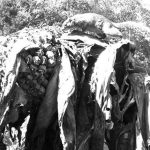It’s one of those times of year at ITFC when everyone is busy analyzing and writing up their completed research and we chose this opportunity to talk to Frederick Ssasli about his interesting study conducted on the little known wild banana species (Ensete venticosum) in Bwindi.
The objective of his study was to investigate the ecology of the wild banana by recording the animals that visited and utilised the plant’s fruit and flowers. Most fruiting plants in Bwindi are seasonal, however these wild bananas are special as they fruit and flower all year round, possibly providing a reliable ‘fall back’ food source for animals. Little is known about wild bananas and even less in Bwindi, so Frederick expected some exciting results.
A convenient site was chosen less than a kilometre from ITFC’s premises. Ten camera traps were set up, each on a different tree, five focusing on the flowers and the rest on the fruit. The study ran from 2011 to 2012 in the months of November to April and has just come to an end.
Now for the results, what everyone had been waiting for! The most frequent visitors to the fruit included L’hoste monkeys, baboons, squirrels and mice which were viewed feeding on the ripe bananas, or in the L’Hoeste’s case, humorously squabbling over them (as they often do). The flowers’ visitors included some nectarivorous birds in the day and lots of bats (which are yet to be identified to the species level) and mice during the night. Even more interesting was the presence of the predatory two-tailed palm civet (Nandinia binotata) which was captured on several occasions visiting the flowers and in one case with a mouse in its mouth!

This study has set the stage for further research at Bwindi to find out more about these inter-specific relationships and to test the list of hypotheses stimulated by each camera picture. There are also some interesting implications for crop raiding. Could the conservation of wild bananas help in preventing increased crop-raiding incidents by providing an alternative food source in the low fruiting season? Could the wild banana be a new keystone species (a species which has a large effect its environment and that many species rely on)?
We hope to see some interesting papers in the near future!
On a side note this is our (Lucy and Andrew’s) last blog. We hope you enjoyed them!


